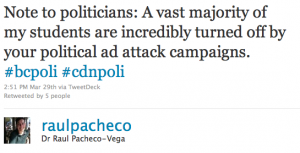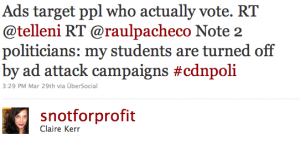CBC, yet again, is reporting the apparently exorbitant salaries made by charity staff.
Full article here >
An analysis of tax filings by The Canadian Press has found salaries often run well into six figures, raising questions about how money raised in the name of charity is being spent.
My comment:
Poverty. Homelessness. Cancer. Illiteracy. Addiction. Global warming.
These a BIG problems. Complex problems. Not so easy to solve. These problems need strategic thinkers with great leadership skills, innovative minds, and talent for change management.
If the public seriously wants solutions to these difficult issues, they should understand that it would irresponsible to pay low wages to nonprofit staff. While these leaders do charitable work, they are not charity cases themselves who should have a hand out for a meagre salary. They are intelligent professionals with talent in the area of social, environmental, and economic change and should be compensated appropriately. This is not easy work. Just because something (or someone) comes cheap, doesn’t mean it is in the best interest of the organization and its funders and donors.
Why is it that the public feels it’s OK for a person responsible for marketing sugary cereals to young children to make hundreds of thousands (even millions) of dollars, but not for a person helping ensure young children have a good, health, active and safe start to life?
Absolutely, people should critically think about where their money goes. But that should not just be true of charity. I would hope people hold every company to the same stringent standards and therefore raise the bar for transparency and accountability among all sectors – charity and nonprofit, government and business.
Your thoughts?



